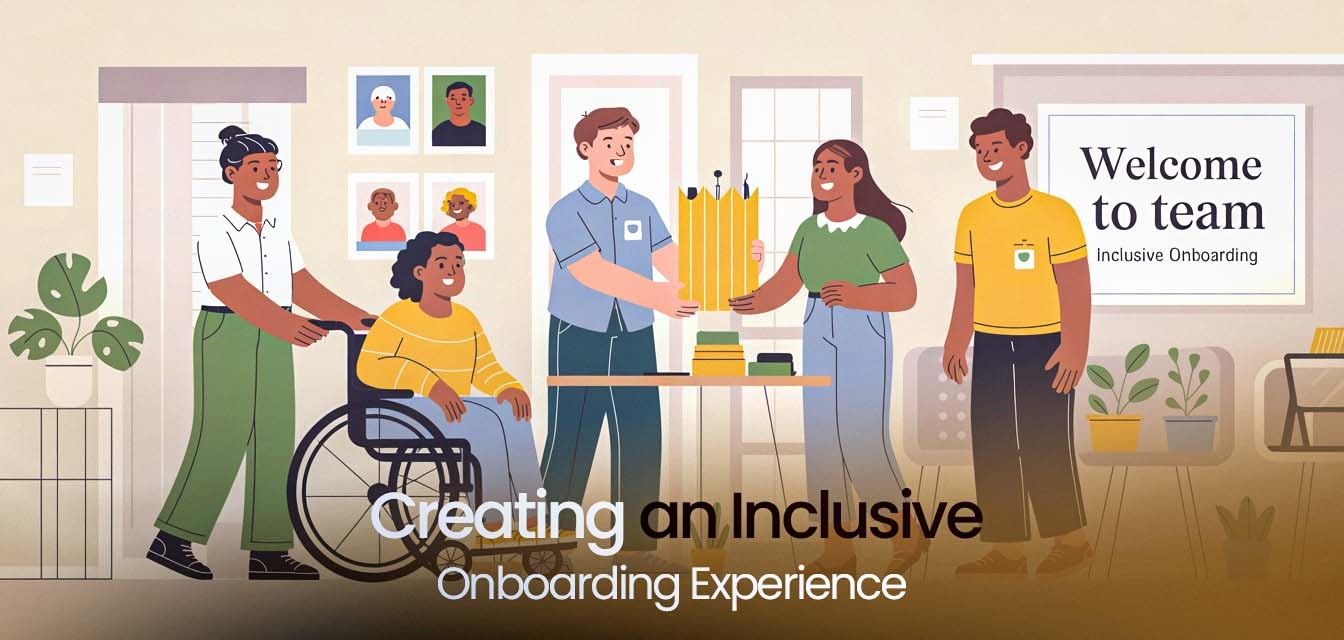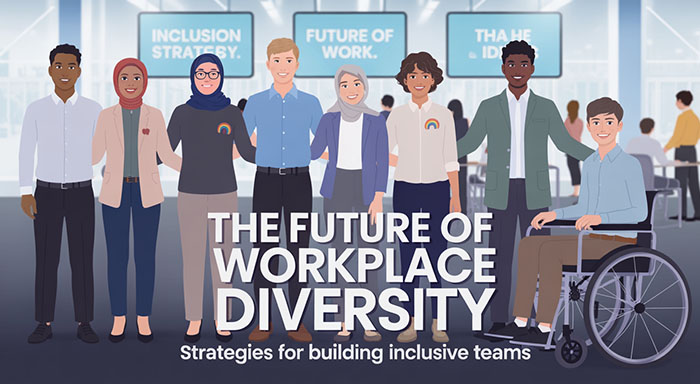Globalization has transformed workplace diversity and inclusion from a trendy strategy to genuine business essential. Companies that rank in the top for diversified personnel showcase 35% higher ROI than their competitors with a homogenous workforce. Yet, many organizations find it difficult to create a truly inclusive environment that caters to the growth of employees from different backgrounds and reap all the benefits.
Beyond Demographics: Truly Understanding Workplace Diversity
True diversity surpasses physical matrices such as race, gender, and age to cover cognitive diversity. People with different perspectives, thinking styles, and problem-solving methods can redefine the adaptive abilities of an organization and its potential to innovate. The frequently intersecting aspects of diversity form colorful tapestries of experience that bring forward multiple viewpoints. Inclusive excellence is a framework that reshapes diversity from being a compliance exercise to a genuine competitive advantage for the organization as the thoughtful integration of diverse perspectives at every structural level can boost growth and success.
Obstacles to Workplace Inclusion
One of the most persistent obstacles to workplace inclusion has been unconscious bias. It can have an impact on everyday workplace interactions as well as decision making processes including hiring choices and promotion opportunities. Certain groups can face disadvantages due to the inherent structural barriers existing in traditional recruitment processes while unwitting exclusion can take place in established workplace cultures against people who don’t align with the existing norms. Fundamental misunderstandings or rooted concerns regarding the protection of recognized practices can be the cause for resistance to diversity initiatives.
Best Recruitment Strategies for Diverse Workforce
Following are some of the best practices that you can adopt to diversify your workforce:
- Avoiding the use of gender-centric language in job descriptions and removing unnecessary requirements can expand the workforce.
- Progressive businesses partner up with educational institutions and professional organizations that include underrepresented communities to widen their candidate sourcing.
- Traditional recruitment methods allow unwanted bias due to human interference. With modern solutions like AI recruitment tool, you can segregate candidates based on skills and qualifications rather than demographic factors.
- Nowadays, customized CRM for recruitment is also available, that allows AI-powered automation for sourcing and screening of candidates. This not only streamlines your recruitment operations but also enables impartiality in the hiring process.
- To ensure fair and consistent evaluation of all candidates without individual biases, neutral question sets, and diverse interview panels can be set up.
Designing an Inclusive Onboarding Experience

First impressions are significant and contribute to the reputation of a business and its work environment. With culturally sensitive onboarding programs, you can acknowledge diverse backgrounds to foster immediate feelings of belonging. To help newcomers navigate the company’s culture and comply with its unwritten rules, you can offer mentorship programs or buddy systems that can support them in their journey. Pre-emptive approach to housing needs for new hires and flexible operational structure that accommodates multiple working styles can further enhance inclusivity.
Maintaining Sustainable Diversity Initiatives
It is crucial to take both hard quantitative metrics (representation statistics, promotion rates) as well as revealing qualitative measures (inclusion surveys, focus groups) into consideration for a balanced maintenance of diversity initiatives. Identifying emerging issues with regular and thoughtful collection of feedback can open avenues for improvement. Instead of focusing solely on recruitment numbers, organizations should shift their focus on retaining diverse talent.
Developing a Culture that Encourages Belonging
True inclusion elevates beyond diversity metrices to facilitate workplace environments that can make employees feel genuinely valued for their authentic selves. In this case, employee resource groups provide vital community connections and advocacy channels. To ensure that no one feels unheard or disrespected, inclusive communication practices can be set up. Transparent mechanisms should be established for reporting and resolving incidents with dignity and respect. It is important to address microaggressions promptly and avoid escalation.
Future Trends in Workplace Diversity
After the global pandemic, the widespread adoption of remote and hybrid work models has opened fresh opportunities for inclusion. But it is accompanied by unique challenges for organizations who must navigate increasingly complex generational diversity and global team dynamics. The legal frameworks and social expectations around diversity also continue to evolve. To match the pace, forward-thinking organizations will make inclusion a key element of their fundamental business strategy and not treat it as a peripheral initiative.



